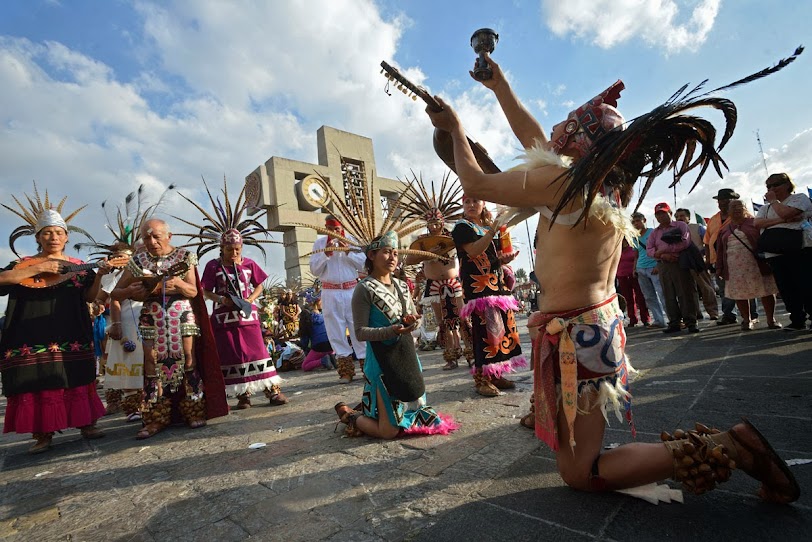Performance Artist Megha Jairaj Discusses Her Work and Art Practice as a Bridge Between Worlds
MJ: Writing is the starting point… also the most recent performance that I did with the car, the ritual (Autoprotection, Los Angeles), came from a place of writing. I think of performance as a moment in time because it’s not staged and it’s just happening on the street and then it’s over. And the temporality of that is also in the writing. I think about how I can pull this out so we can experience this together and make it alive. After it is done it goes back into the writing and only exists in photos that serve as evidence of the performance. So it’s about being witness to what we’ve written in ways that you can construct… then it kind of collapses back, because the performance is gone and it does not exist. It does not have a container. It is also interesting because after the performance there are more layers that can come back into the writing. There are things that I probably would not have experienced just by writing.
DM: Your performances always take place in living community and outside of the confines of institutional spaces and galleries. What significance do you see in the potential of art performance towards an artistic anti-colonial ethos?
MJ: The car performance (Autoprotection, Los Angeles), my thesis lecture (Title of Piece), and the residency at Singapore in the Summer, that one was called Pedagogy for Playground Activity…was in the alleyway, in a back courtyard at school [Calarts], and the entrance of the gallery by the door.
DM: but not inside.
MJ: Yeah, I am interested in these thresholds also as spaces to be potentially speaking to the people who are going to these places and invite a criticality of where I am positioning myself physically. In Pedagogy for Playground Activity… that was a two-week residency in Singapore—most of the working-class people in Singapore are South Indian—they asked us to work around the theme of “playgrounds.” And I was thinking of playgrounds as colonial play that are telling us “how” to play. Because there is no “play” anymore and I was trying to point that out as almost two separate things. A peanut seller is an inherent feature of a playground in India. They [playgrounds] are constructed in a peripheral part where people walk, and that’s where the peanut seller usually pushes his cart around. This is also something that you see in LA. I was thinking about this and there was a peanut seller from India in Singapore and he was the last peanut seller in India because to be a street vendor in Singapore you still need to pay rent to be on the street.DM: So it’s not like a permit.
MJ: No, you still need to pay rent. So I was trying to find this peanut seller for thirteen days and during the process of trying to find him, I started making all of these notes of what I was observing in the city, and how it is controlled. It is hyper-colonial, you can feel it, it’s a very embodied experienced and I was making my notes as I was searching for the peanut vendor because he’s my only association to the playground and I am trying to situate myself, again in the place… [Pedagogy for Playground Activity] was buying peanuts from him as reception snacks. I printed my notes which he packaged the peanuts with, and I did a reading from these notes. That was a gesture to bring attention to him, and I was able to give all the money from the residency to him. I put the cones outside of the gallery.
DM: It is an intervention.
MJ: Yeah, it’s also the peripheral [space], and, also, it speaks to the condition of the peanut seller in Singapore. And he was telling me how his father had sold his land in India so he could continue selling peanuts here [Singapore]. And this is [also] what we are seeing here [Los Angeles] and everywhere. So, it’s about still being embodied in the experience and also understanding the structures that we live in.
DM: Thank you for your time, Megha, and for sharing your fascinating work with me.
Megha Jairaj is an interdisciplinary artist, storyteller and writer born and raised in Kochi, India. They now live in occupied Tongva land, where they moved for an MFA at CalArts. The various conjunctions in the field of culture from ecological restoration, abolition, and embodied practices inform how she collaboratively creates performances, sculpture and writings.
Daisy Elizeth Magallanes is a Chicana writer, poet, and translator.
Her creative work has been published in Acid Verse Literary Journal, the
Black Warrior Review, Brevity, Huizache and Hypertext.






Comments
Post a Comment